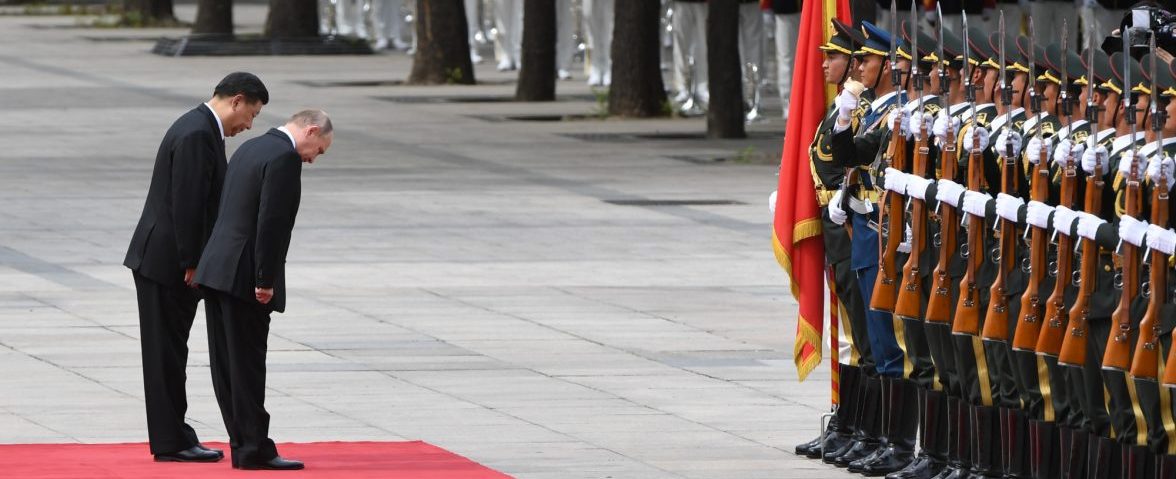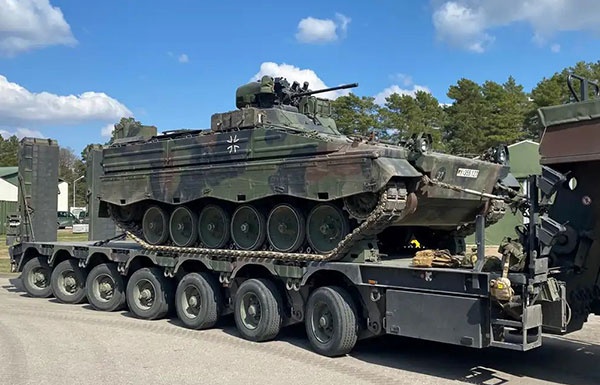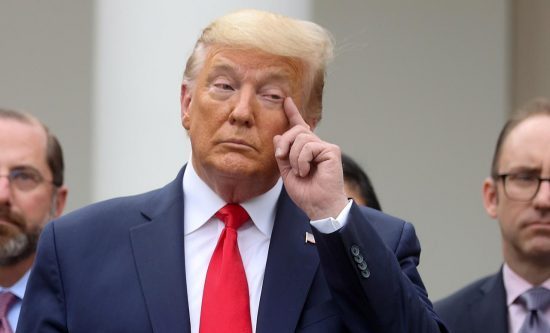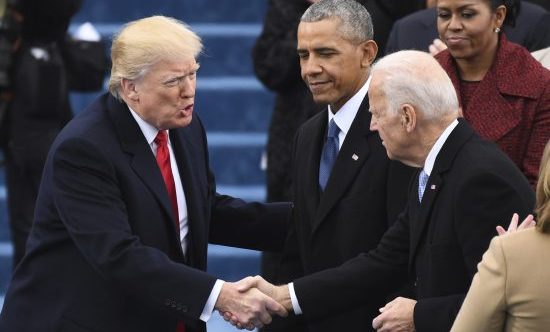Despite growing signs of military preparations under way in leading world countries, there is every reason to believe that a major war is impossible in modern international relations, as is evidenced, inter alia, by the recent Indian-Pakistani war crisis that involved an exchange of air strikes and took a toll of several hundred lives. Eventually, both nuclear states stepped back from the brink and prepared the ground for a return to the status ante bellum without either side loosing face.
This and other similar episodes show that the military factor is still important when it comes to international relations. But the same circumstances indicate that leading military powers are unwilling to use war as a method of solving differences between themselves. At the same time, different parts of the world have a belt of fragile states that are much inferior to the leading powers militarily and often become a field of rivalry between them. However, this field is gradually contracting. The leading countries make mistakes during crises that accompany their rivalry and eventually acquire new experience of restraint and responsible behavior. We can say that this experience of living in a fragile and increasingly unpredictable world is somehow akin to the tempering of steel as it is transformed from ore to a stronger material.
The three key processes leading to the strengthening of the fabric of international relations are the Russia-West rivalry, the Russia-China entente, and a strategic autonomy of an increasing number of great powers.
The first key trend is the Russia-West rivalry. Focused mostly on the Eurasian continent, it is a rivalry of economic and integration models. It bears little resemblance to the Cold War militarily, although certain aspects of political rivalry are also obvious. The scale of deployed forces and assets are lower by an order of magnitude than the threshold levels of the late 1980s, while the preparations made after the Ukraine crisis are very much unlike the efforts to raise an army of invasion or a force grouping deployed by the Warsaw Treaty Organization and NATO in Germany.
At the same time, there is a belt of fragile states in East Europe and the Balkans, which are the first to become a field of confrontation between Russia and the West. But this confrontation is not frontal. The West, like Russia’s allies, are involved in a controversy over a strategic course. The European allies of the US are often at loggerheads with the United States over the increases in military spending or the possible aims of US military invasions. Russia’s allies are often ambivalent towards its political solution to conflicts. There is still uncertainty on the prospects for Europe’s strategic autonomy vis-à-vis the United States but this problem makes it difficult to clarify whether or not Russia and the West are confronting each other in Eurasia.
A rise in military tension in Europe is not on the cards. In response to Polish and Baltic requests, the US often takes minimal political steps that cause considerable information reverberations. But if we are to use the Cold War metaphor, Europe is a scene of a Strange Cold War that lacks aggressive offensive action, while the confrontation between the adversaries is in the form of continuous and still effective political provocations. A recent case in point is the scandal in Austria that allegedly involved a Russian citizen who turned out to be a Bosnian female student. However, this led to the downfall of Sebastian Kurtz’s government.
The second key trend is the emergence of a Russian-Chinese entente, for which structural conditions have ripened. The Russian and Chinese political and economic gravitation centers are in different parts of Eurasia and have different vectors. Seventy-five percent of the Russian population and GDP are in European Russia, while most of China’s population and GDP are concentrated along its Pacific coast. The Russian vector is pointing to Europe, China’s, to the Pacific. Thus, they are back to back in relation to each other and facing one and the same rival, the United States.
The entente has taken shape as a result of a protracted rapprochement that began in the late 1980s. The current state of relations is, without exaggeration, unprecedentedly close in the strategic sense. But this is not a formal military alliance. The West is just beginning to conceptualize Russian-Chinese relations. As to Russian and Chinese experts, they have been watching the consolidation of strategic relations between the two countries for over two decades. In the aggregate, the Russian-Chinese rapprochement has led to the disappearance of a security frontier in Central Eurasia. Russia and China are not competing for political influence in Central Asian countries and Mongolia, as is always the case with Ukraine that has finally become a bone of contention between Russia and the West.
We can say that the Russian-Chinese rapprochement is a guarantee of stability for countries in the region, which helps them weather any political stresses (such as the transit of power) without the interference from outside forces. Moreover, Russia and China have a constructive approach to approximating their own integration initiatives. Establishing connectivity between the EAEU and One Belt, One Road is extremely important in this sense. Rail and motor haulage of cargo in Central Asia will be able to provide an economic impetus to all countries in the region.
Finally, the third key trend is a strategic autonomy of a growing number of great powers. According to expert estimates, India and China are set to become the key world economies before 2050. China will reach parity in conventional forces with the US even earlier than that and will have the same number of carrier task forces. India, although with a somewhat delay, will also have one of the strongest armies in the world. Iran and Turkey, two traditional great powers, are also pursuing active foreign policies. Much depends on their involvement in regional policies in the Middle East. Pakistan and Israel, both nuclear states, are also active in international affairs, something that only complicates the strategic equation. Egypt and Saudi Arabia are not always predictable and convenient as allies for their historical partner, the United States. In the final analysis, an independent course steered by each major player makes analysis and international forecasting even more difficult, while increasing uncertainty on the continent.
The Russian-Turkish crisis in 2015, the gravest military incident in Russia-NATO relations since the Cold War, is possibly the most conspicuous sign of this complicated environment. The Russian-Turkish crisis, like the recent Indian-Pakistani standoff, shows that unexpected and unpredictable events of high importance can take shape not only in expected sectors but also in those that seemed insignificant. But countries involved in each of these episodes display commonsense and don’t see war as a method to settle their differences. The multiplying military crises allow their participants to understand that global peace is a common value and there is no political goal, for which it could be sacrificed.
Original publication valdaiclub.com












